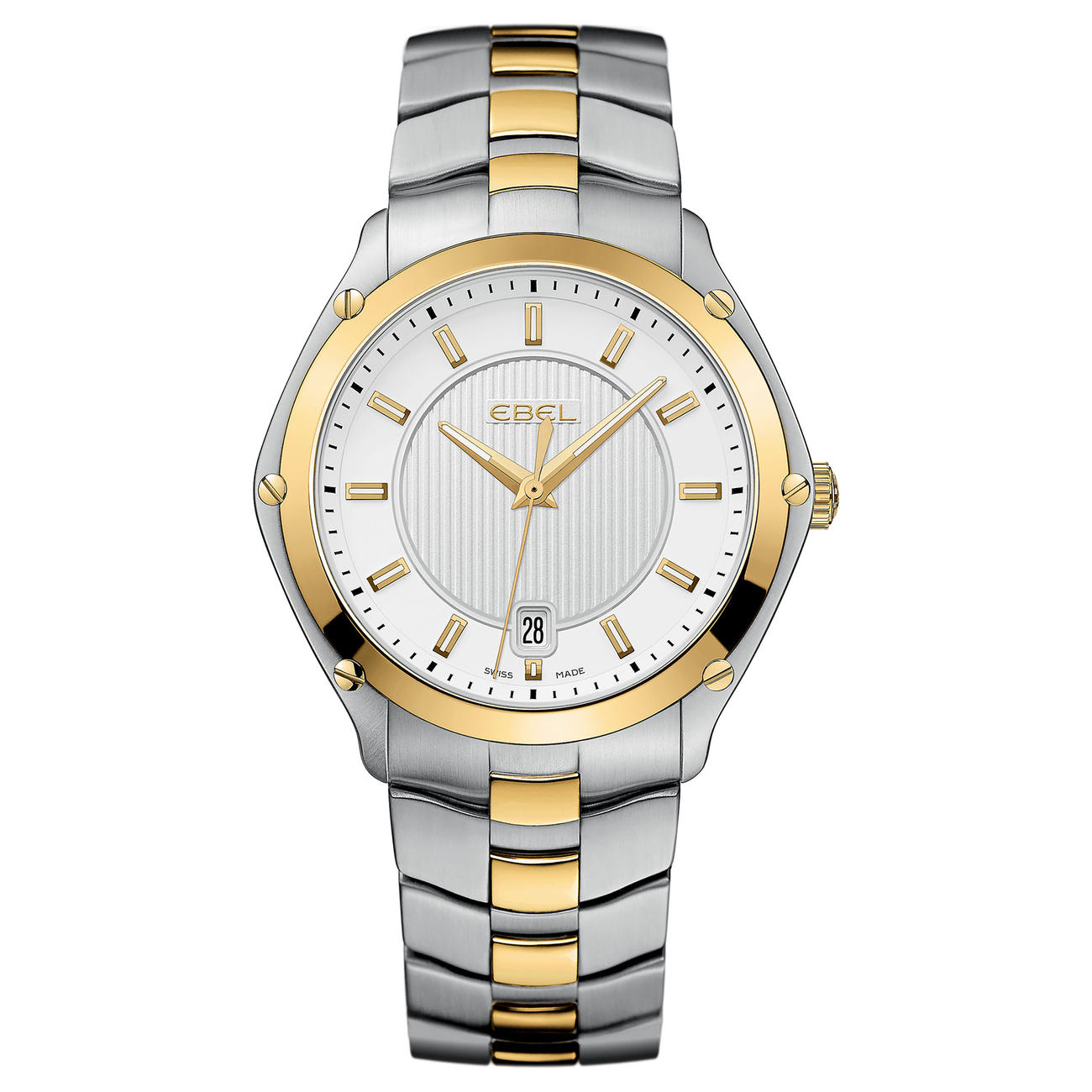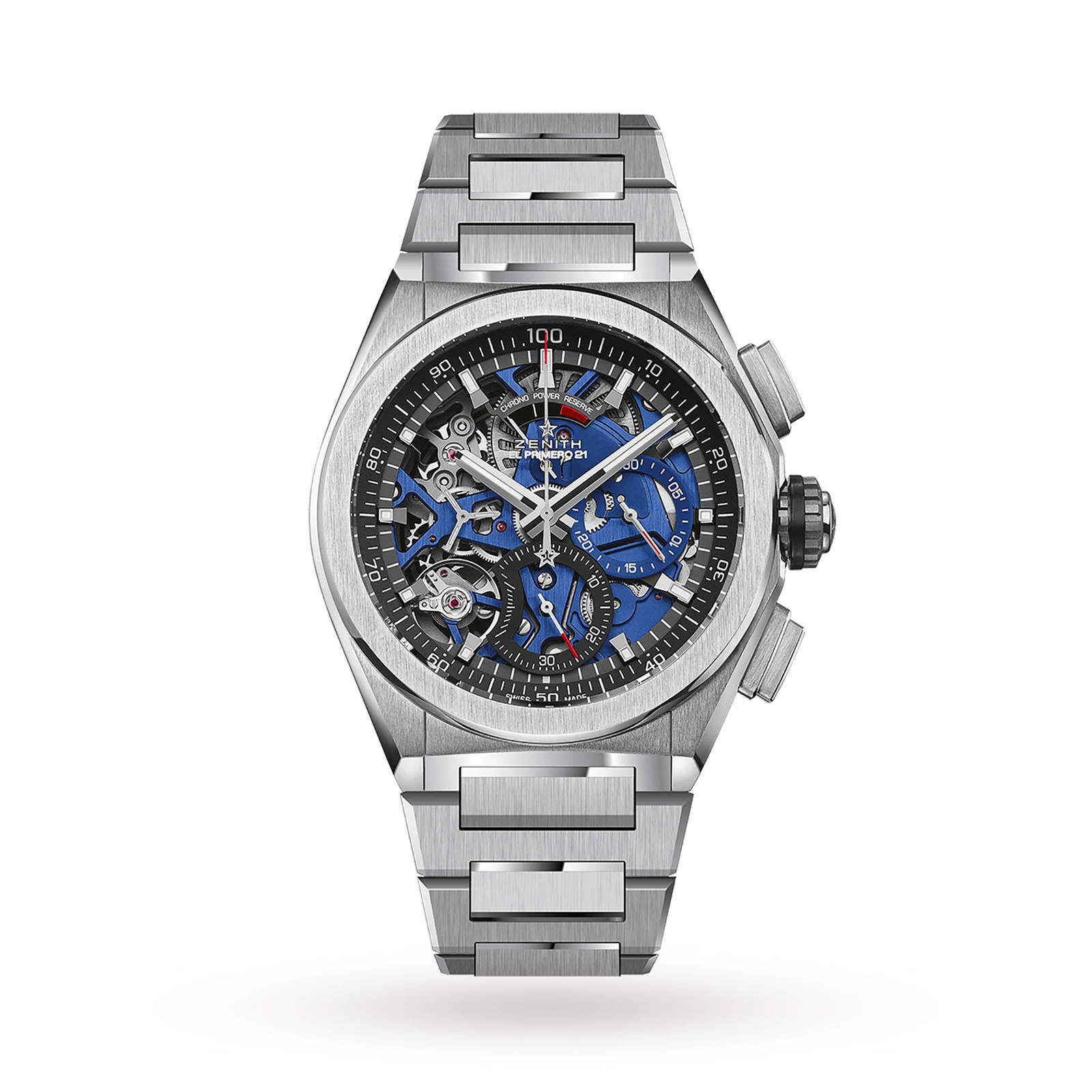
漢德百科全書 | 汉德百科全书
 Switzerland
Switzerland
 Belgium
Belgium
 Bulgaria
Bulgaria
 Denmark
Denmark
 Germany
Germany
 Estonia
Estonia
 Finland
Finland
 France
France
 Greece
Greece
 Ireland
Ireland
 Iceland
Iceland
 Israel
Israel
 Italy
Italy
 Croatia
Croatia
 Latvia
Latvia
 Lithuania
Lithuania
 Luxembourg
Luxembourg
 Malta
Malta
 Monaco
Monaco
 Montenegro
Montenegro
 Netherlands
Netherlands
 Nordmazedonien
Nordmazedonien
 Norwegen
Norwegen
 Austria
Austria
 Poland
Poland
 Portugal
Portugal
 Romania
Romania
 Russia
Russia
 San Marino
San Marino
 Sweden
Sweden
 Switzerland
Switzerland
 Serbia
Serbia
 Slovakia
Slovakia
 Slovenia
Slovenia
 Spain
Spain
 Czech Republic
Czech Republic
 Turkey
Turkey
 Ukraine
Ukraine
 Hungary
Hungary
 United Kingdom
United Kingdom

 Science and technology
Science and technology
 Cyprus
Cyprus



 Switzerland
Switzerland

 Companies
Companies

 Companies
Companies
 *Centuries-old companies in the world
*Centuries-old companies in the world

 Companies
Companies
 Germany, Austria, Switzerland
Germany, Austria, Switzerland



宗教改革纪念碑(法语:Monument international de la Réformation,德语:Internationales Reformationsdenkmal),俗称宗教改革墙,是瑞士日内瓦的一个纪念碑,长100米,用雕塑和浮雕来表现欧洲宗教改革的重要人物。
纪念碑位于由约翰·加尔文创立的日内瓦大学内,日内瓦旧城墙处,体现日内瓦对于宗教改革的重要性。
纪念碑立于1909年,以纪念加尔文诞生400周年和该大学成立350周年。在72个来自世界各地的设计方案中,获胜者是4位瑞士建筑师[1],雕塑则是由两位法国雕塑家完成[2][3]。
在宗教改革期间,日内瓦是加尔文主义的中心,自16世纪以来的历史和遗产一直与更正教紧密联系在一起。因此,纪念碑突出表现加尔文教派的主要人物,也包括了其他教派的一些关键人物。
The International Monument to the Reformation (French: Monument international de la Réformation, German: Internationales Reformationsdenkmal), usually known as the Reformation Wall[1] (French: Mur des réformateurs), is a monument in Geneva, Switzerland. It honours many of the main individuals, events, and documents of the Protestant Reformation by depicting them in statues and bas-reliefs.
The Wall is in the grounds of the University of Geneva, which was founded by John Calvin, and was built to commemorate the 400th anniversary of Calvin's birth and the 350th anniversary of the university's establishment. It is built into the old city walls of Geneva, and the monument's location there is designed to represent the fortifications', and therefore the city of Geneva's, integral importance to the Reformation.
Inaugurated in 1909, it was the culmination of a contest launched to transform that part of the park. The contest involved 71 proposals from around the world, but was won by four Swiss architects: Charles Dubois, Alphonse Laverrière, Eugène Monod, and Jean Taillens (whose other design came third).[2] The sculptures were then created by two French sculptors: Paul Landowski and Henri Bouchard.[3][4]
During the Reformation, Geneva was the centre of Calvinism, and its history and heritage since the sixteenth century has been closely linked to that of Protestantism. Due to the close connections to that theology, the individuals most prominently depicted on the Wall were Calvinists; nonetheless, key figures in other theologies are also included.
Le Monument international de la Réformation, généralement connu sous le nom de Mur des réformateurs, se situe à Genève (Suisse). Élevé dans l'actuel parc des Bastions et long d'une centaine de mètres, il est adossé à une partie des anciennes murailles construites au XVIe siècle et qui entourent la ville jusqu'au milieu du XIXe siècle. Le monument est construit dès 1909 pour le 400e anniversaire de la naissance de Jean Calvin et le 350e anniversaire de la fondation de l'Académie de Genève devenue aujourd'hui l'Université de Genève.
Le monument – réalisé en pierre de Pouillenay – est composé d'un rempart gravé et orné de bas-reliefs, devant lequel sont dressées, au centre, les statues de quatre réformateurs ayant œuvré à Genève, et, de chaque côté, les statues de six pionniers ou protecteurs de la Réforme protestante en Europe et aux États-Unis. L'ensemble est protégé par une pièce d'eau rappelant le fossé des anciennes fortifications.
Il Monumento internazionale alla Riforma (in francese Monument international de la Réformation, in tedesco: Internationales Reformationsdenkmal), conosciuto pure come Il muro dei Riformatori è un monumento situato all'interno del Parc des Bastions, nella città di Ginevra, in Svizzera.
Questo monumento onora i personaggi principali, gli avvenimenti ed i documenti della Riforma protestante rappresentandoli come statue e bassorilievi.
Il Muro si trova nel territorio della Università di Ginevra, fondata da Giovanni Calvino e fu edificato per commemorare il quattrocentesimo anniversario della nascita di Calvino ed il trecentocinquantesimo anniversario della fondazione dell'università. È costruito sulle vecchie mura di Ginevra e la collocazione del monumento è intesa rappresentare le fortificazioni e quindi l'importanza integrale della città di Ginevra per la Riforma protestante.
Inaugurato nel 1909 era il culmine di un concorso lanciato per trasformare quella parte del parco. Il concorso coinvolgeva 71 altre proposte da tutto il mondo. Il progetto vincitore fu proposto da quattro architetti svizzeri: Charles Dubois, Alphonse Laverrière, Eugène Monod e Jean Taillens (che propose pure un altro progetto, arrivato terzo). Le sculture furono create da due scultori francesi: Paul Landowski e Henri Bouchard. Durante la Riforma protestante, Ginevra fu il centro del Calvinismo e la sua storia e retaggio, dal XVI secolo sono stati strettamente legati a quello del Protestantesimo. Per la sua stretta connessione a quella teologia, le persone rappresentate sul muro erano calvinisti. Ciononostante, sono rappresentati anche altri personaggi.
El Monumento Internacional de la Reforma, generalmente conocido como Muro de los Reformadores, se encuentra en Ginebra, Suiza.
Levantado en el Parque de los Bastiones y con unas dimensiones aproximadas de 99 metros de largo y nueve de altura, se adosa a una parte de las antiguas murallas construidas en el siglo XVI y que rodearon la ciudad hasta mediados del XIX.
Fue construido entre 1909 y 19171 con ocasión del cuarto centenario del nacimiento de Calvino y el 350.º aniversario de la fundación por el propio reformador de la Academia de Ginebra —hoy convertida en Universidad— en 1559.
El monumento, que presenta una estructura casi simétrica, está formado básicamente por una pared de piedra decorada con estatuas de pioneros o «guardianes» de la Reforma y protegido por una zona de agua que recuerda los fosos de las antiguas fortificaciones; fue costeado principalmente por fieles protestantes de varios países europeos y americanos y pertenece desde su construcción a la villa de Ginebra.
Стена Реформации (фр. Monument international de la Réformation, нем. Internationales Reformationsdenkmal) — памятник из статуй и барельефов, установленный в Женеве, Швейцария в честь основных действующих лиц и событий протестантской Реформации[1].
Стена Реформации расположена на территории университета Женевы, основателем которого был Жан Кальвин, и была открыта в 1909 году в честь 400-летия со дня рождения Кальвина и 350-летия с даты основания университета[2].
 European Union
European Union
 Life and Style
Life and Style